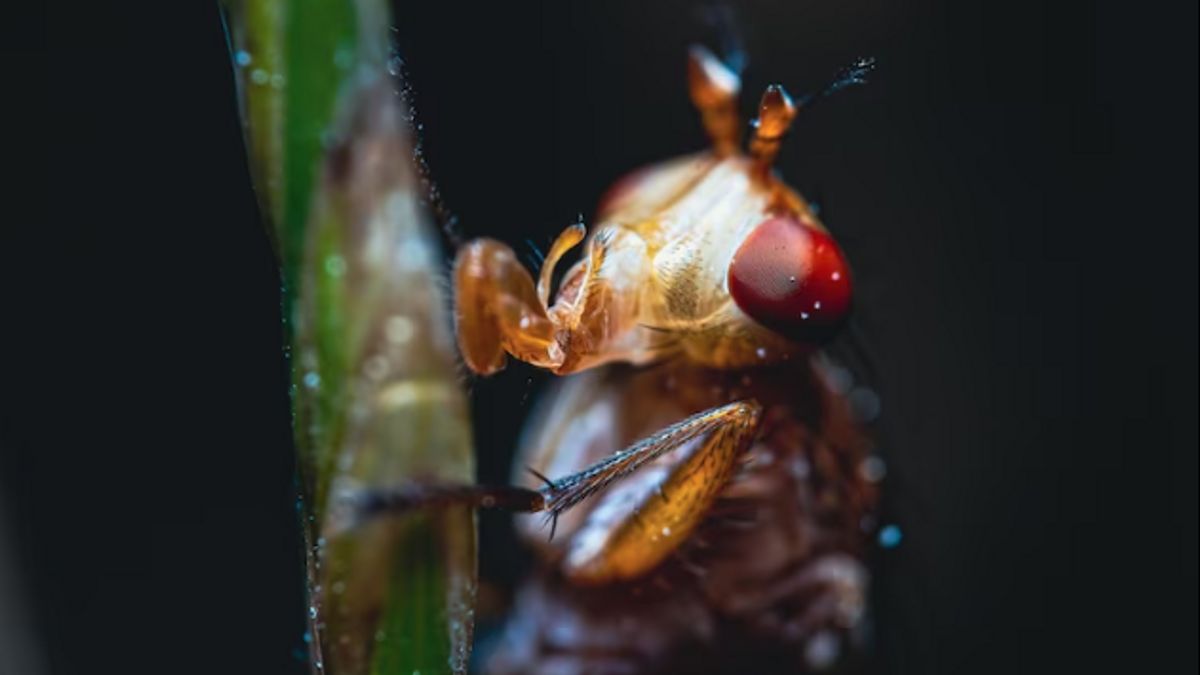YOGYAKARTA - In the world of photography there are various photo tricks, one of which is macro photography. This photography trick is done by photographing a small object with a very close photo shoot or shooting distance. So what is macro photography and how does engineering do it?
Photographers who take pictures with macro photography tricks will choose small objects such as animals and plants. For example, photographing ants, butterflys, leaves, mushrooms, and so on. Taking small objects aims to explore and show details and textures that cannot be seen clearly by the eyes.
This photography macro trick is in great demand by photographers because it provides its own challenges and requires the creativity of shooting. In addition, the tools needed are also different from ordinary photography. Then what is macro photography and what are the tricks?
Macro photography is a photography technique by taking photos in close proximity to create small object details. The results of this photo engineering can produce images larger than their original size without requiring the help of a microscope-like enlarger. This technique is usually used to shoot small animals and other living things, focusing on the details of the subject.
For example, shooting beetles using this technique, you can see too small details to see with the naked eye, such as texture, eye shape, and mouth. You can not only take macro photos of living things, but also dead objects. For example, you can take pictures of toys, food utensils, coins, and water droplets.
To get the results of the macro photo as expected, photographers must have some of the tools needed in macro photography, such as:
Camera is certainly something that must be owned by every photographer. The camera that photographers usually use for macro photography is a special SLR or DSLR camera. The best-selling and very quality SLR or DSLR camera brand in the market is Canon and Nikon. DSLR itself stands for the word Digital Single Lens Reflect.
A camera definitely has a camera lens. A 50mm prime lens is commonly used for macro photography.
The external flash of this camera is certainly not attached to the camera body, but is installed separately and requires a flash trigger. If left on the camera body, the light from the flash is at risk blocked by lenses that receive additional tools to create macro photos.
Mini tripod functions as an additional tool in photography. Taking macro photos requires high concentration and focus, so minipods are needed.
Basically, most photography techniques require good lighting so that the resulting images look beautiful and in line with expectations. In macro photography, depending on the concept and subject, direct sunlight or filling light is used.
In macro photography, this is the hardest thing for photographers. Ensuring stable focus is a difficult task for photographers, so the resulting images are blurry or focusless.
Live images such as animals and moving objects blur the camera's lens and require excessive patience. Unlike stationary dead objects, photographers only need to determine the angle and lighting to get maximum images.
The Depth of Field (DoF) or Depth of Field provides sharpness of images in macro photography. In other words, the DOF itself sharpens the main subject and adds a little opaque to the subject.
For example, spark objects have clear main water droplets and some opaque droplets as a background for major water droplets.
Apart from paying attention to the basics above, you also need tools to beautify your macro object. Here are the tools a photographer needs when making a macro image. Keep reading. Stay up to date with the latest domestic and other overseas news on VOI. You present the latest and most updated nationally and internationally.
That's a review of what macro photography is and the technique of doing it. Macro photography is a trick to take small objects such as insects, leaves, and other small objects.
The English, Chinese, Japanese, Arabic, and French versions are automatically generated by the AI. So there may still be inaccuracies in translating, please always see Indonesian as our main language. (system supported by DigitalSiber.id)








